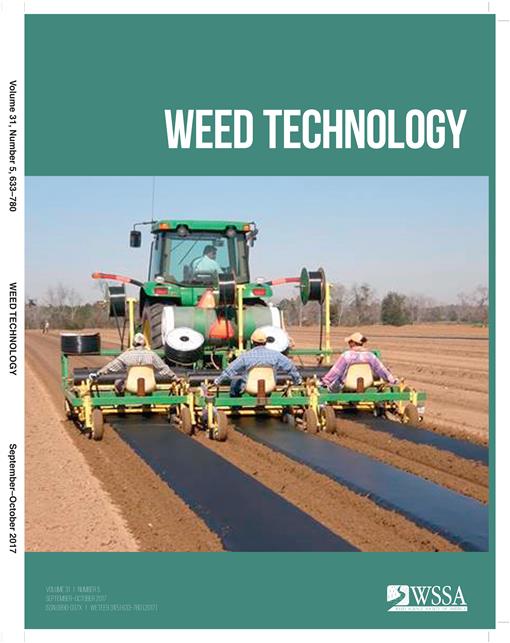Oregon's Willamette Valley is the major cool-season, grass-seed-production area in the world. Roughstalk bluegrass (RB) is a weed in waterlogged, grass-seed-crop fields. Growth chamber and greenhouse studies were conducted to determine the influence of waterlogging on the germination and establishment of RB and tall fescue (TF). Oxygen deficiency resulted in a germination delay in both species, but was greater for TF. Oxygen deficiency at 20 and 30 C was greater for TF compared to RB. Simulated waterlogging for 28 d reduced aboveground biomass more for RB (58 %) than for TF (46 %), but did not influence seedling survival. Compared to TF, the influence of waterlogging on RB was greater during early establishment. These responses may help RB maintain its germination rate while reducing the damage caused by the accumulation of toxic fermentation-metabolites during waterlogging which benefits RB in competition with TF, especially under high temperatures.
Nomenclature: Roughstalk bluegrass, Poa trivialis L.; tall fescue, Lolium arundinaceum (Schreb.) S.J. Darbyshire.





